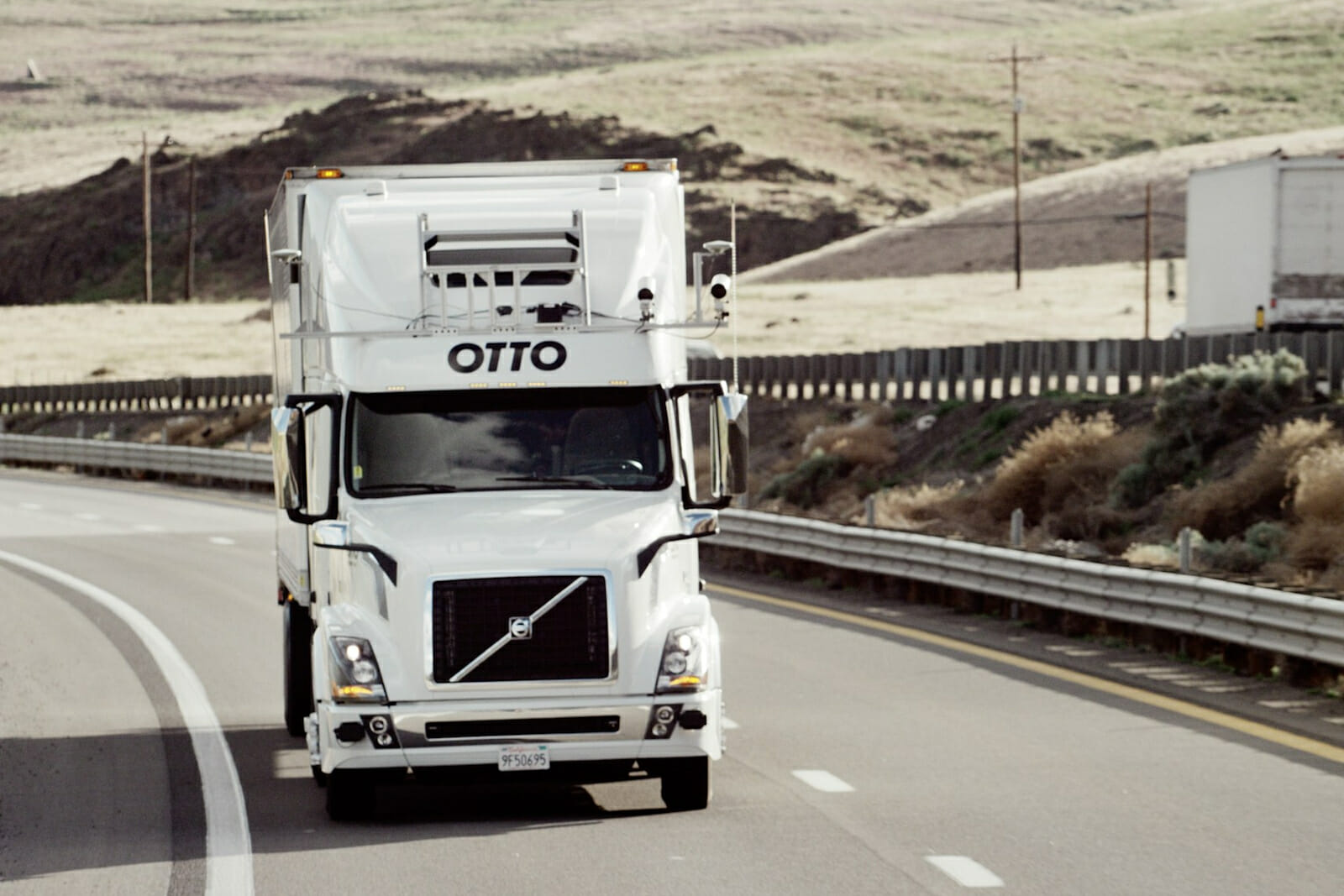
Tech
How AI will Impact Transportation
An experimental driverless truck made by Otto, an Uber-owned company, delivered 50,000 cans of beer after traveling 120 miles at 55 mph from Fort Collins, Colorado to Colorado Springs. This happened in October 2016. These changes are not just dramatic they are phenomenal. This beginning will lead us to a different civilization in the coming years and calls for strong global governance. The future of AI in mobility is not just products; it’s transportation planning, urban design, real time traffic management and control, transport policy, environmental issues, AI governance in mobility, co-operation and collaboration with lot of entities, in fact all of these things plus more we add in the future.
Europe, Oceania, Russia, Scandinavia and the United States have the infrastructure for mass scale AI implementation and rollouts in transportation. This first autonomous truck delivery in the US was a wake-up call for an industry that employs 3.5 million truck drivers in the U.S. alone. A recent study done in collaboration with Confederation of Indian Industry says India’s road freight segment would need nearly 51 million truck drivers. This is exactly the gap between developed countries and developing countries. A basic thought process for a large scale AI implementation is either missing or is being maintained as a best kept secret.
According to Forbes, U.S. traffic congestion costs the trucking industry around $50 billion per year. Traffic congestion on the roads of New Delhi, the national capital of India, costs around $10 billion annually. This is due to fuel that is wasted during the idling of vehicles, productivity loss, air pollution and road crashes, according to a study done by the Indian Institute of Technology, Madras.
As the transportation industry becomes more data-driven, autonomous and digital, its talent profile will shift too. Much of the work currently undertaken by full-time employees will have to be democratized or fully automated. These are strategies that can lead to a tremendous negative social impact. India, China and Brazil will continue to be huge markets for AI products that are developed in Germany, Israel, Russia and the United States. The governments of these countries need to work on “new jobs, industries, and ways to make a living.” These opportunities will emerge only if they are planned decades in advance.
India has the fourth largest railway network in the world. Indian Railways (IR) is also the world’s eighth biggest employer. IR has plans to modernize its railway network. Recently in June this year a three company consortia led by multinational transportation giants Alstom, Siemens and Stadler Bussnang AG are in the race to set up an electric rail coach factory in West Bengal. Siemens and Alstom are now well positioned to cater to the Indian market after the recent merger. India badly needs new generation trains and modern technology to facilitate its planned improvisation of an outdated railway network.
Business leaders ought to start rethinking their business models. Almost a decade ago, Neville Isdell, former chairman and chief executive officer of Coca-Cola, called for companies to follow a standard of “connected capitalism.” This is when companies connect the bottom line of their businesses with a social conscience. At the same time, business leaders should also be mindful of the risks related to this new wave of innovation and digitalization. Systems must be secured from cyber attacks and AI systems should be adequately tested for an in-depth continuous stability apart from security. Data, being the key resource, must be validated at regular intervals and cleansed of potential biases that could skew predictions and analysis.
Just as Neville Isdells theory of Connected Capitalism says that capitalism can be a force for good in society, people have grown weary of the corporate greed and mismanagement that plunged the world into a recession. Instead, Isdell proposes a “modernist view” of what makes capitalism work in the first place. After all, the best way to take people out of poverty and to grow the world economy is to educate people, arrest overpopulation across the globe and create an economy where everyone gets fair opportunities to earn and live a better life.

